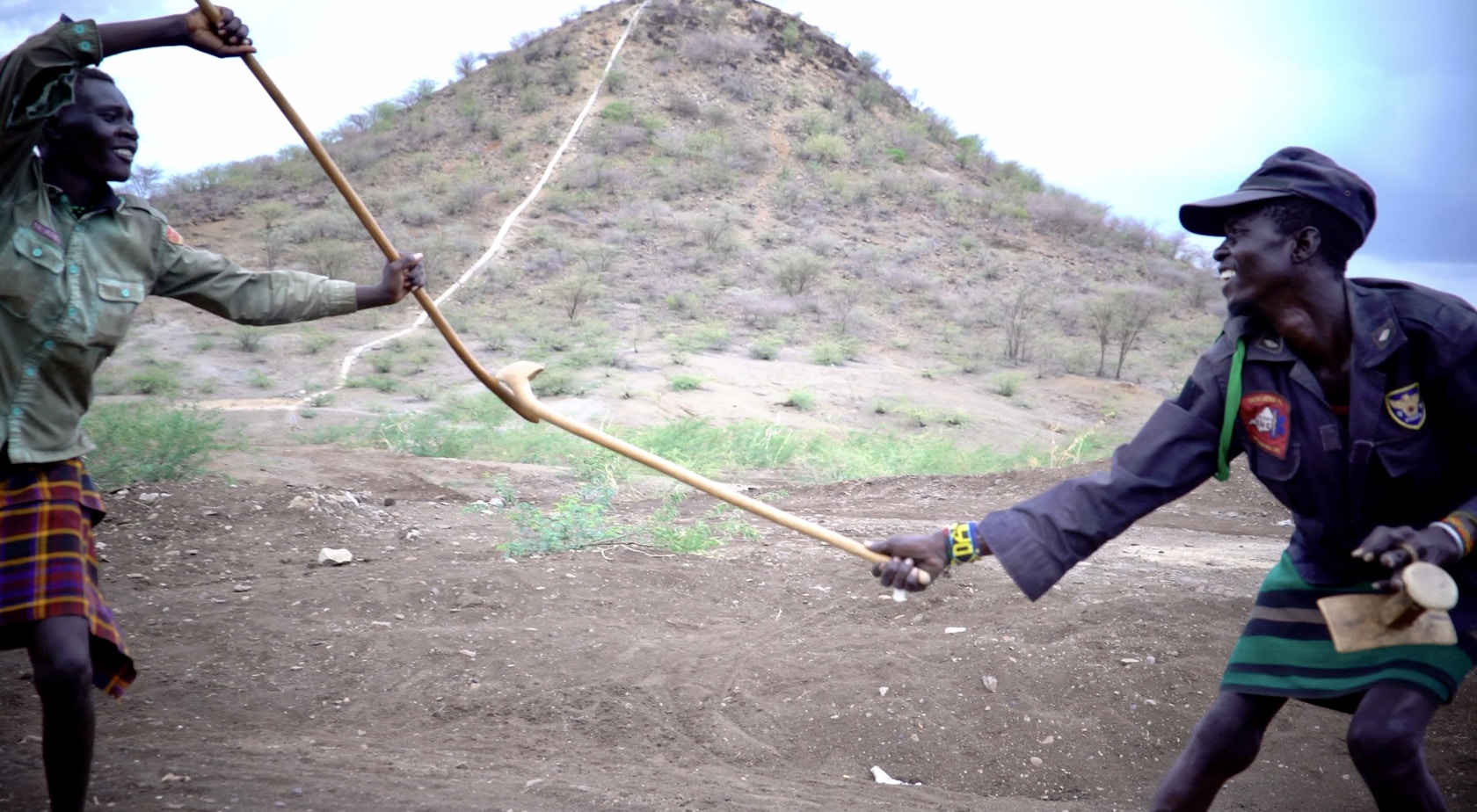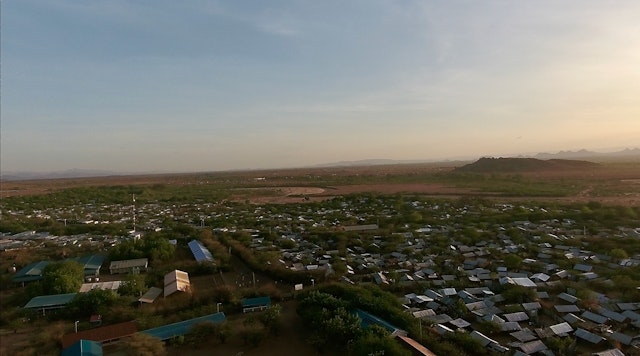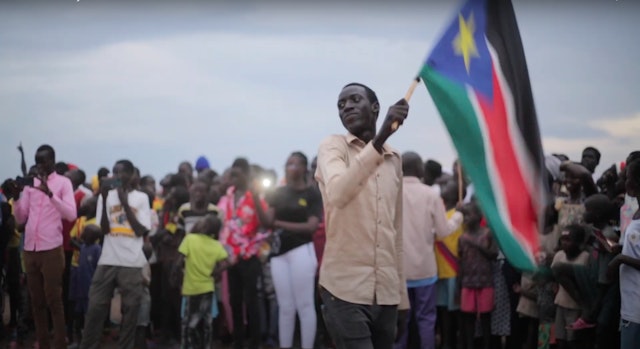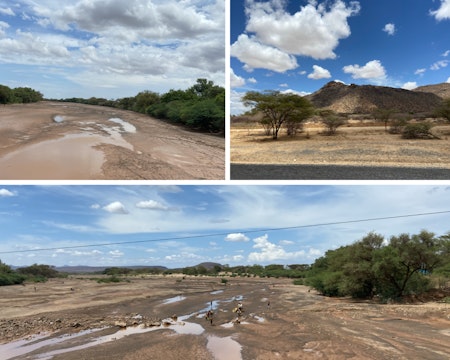Turkana’s Agricultural Practices and Climate Change
The Turkana people live in the most arid place in Northwestern Kenya
The Turkana people live in the most arid place in Northwestern Kenya
Due to the environmental conditions and difficulties to carry out farming, they have practiced transhumance for hundreds of years, moving around their vast territories in search of green pasture and water for their livestock, and returning to the same lands during the rainy season to practice vegetable farming and for millet. They keep cattle, goats, sheep and camels and use their meat, milk and dairy products, and blood. They also use the skin, horns, hides and bones for cultural attire.
Turkana men move around with a stool called ‘Akichulong’ which they use to sit on and rest at times between long distance journeys, to avoid having to sit on the hot sand. They also carry a stick to protect themselves and their cattle. They live in semi-permanent houses called “Tukul”, built by the women mainly using grass and sticks. They marry outside their clans. A father, his wives and their sons with their wives normally live in adjacent homesteads.
Due to climate change, the Turkanas are facing longer droughts and unpredictable rains making it even more difficult to farm, causing long famines that result in the loss of cattle and human lives. Adapting to the circumstances, the Turkana people now barter trade products with refugees in Kakuma camp to meet some of their food needs.





